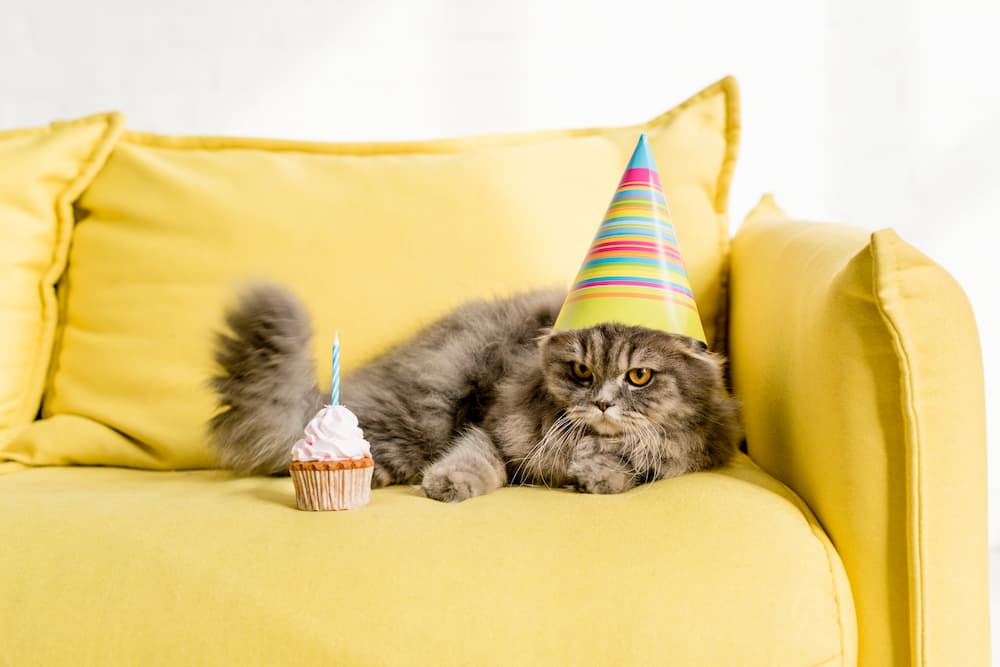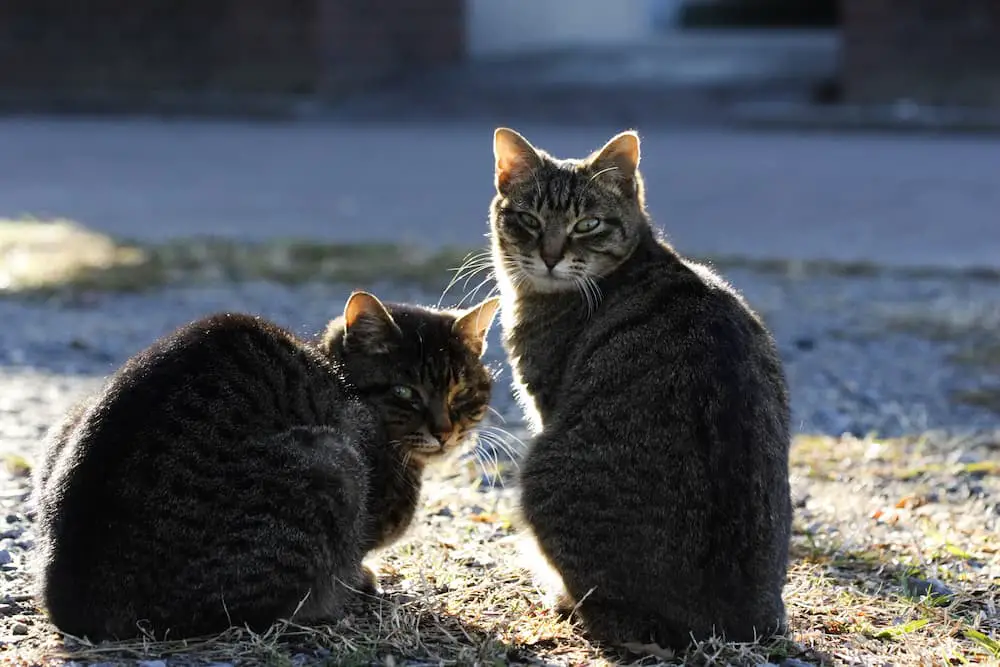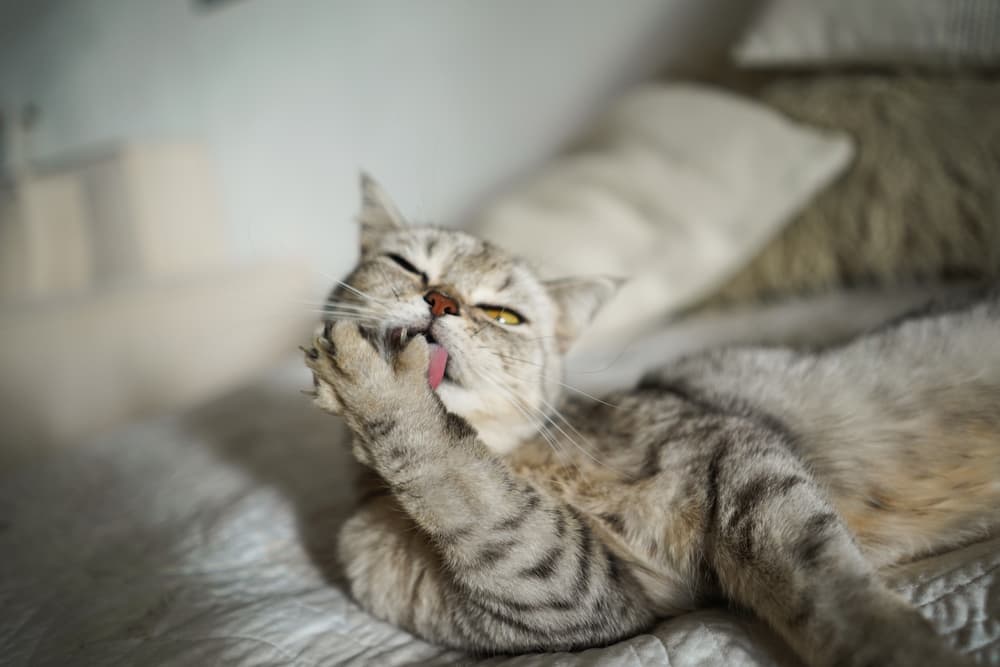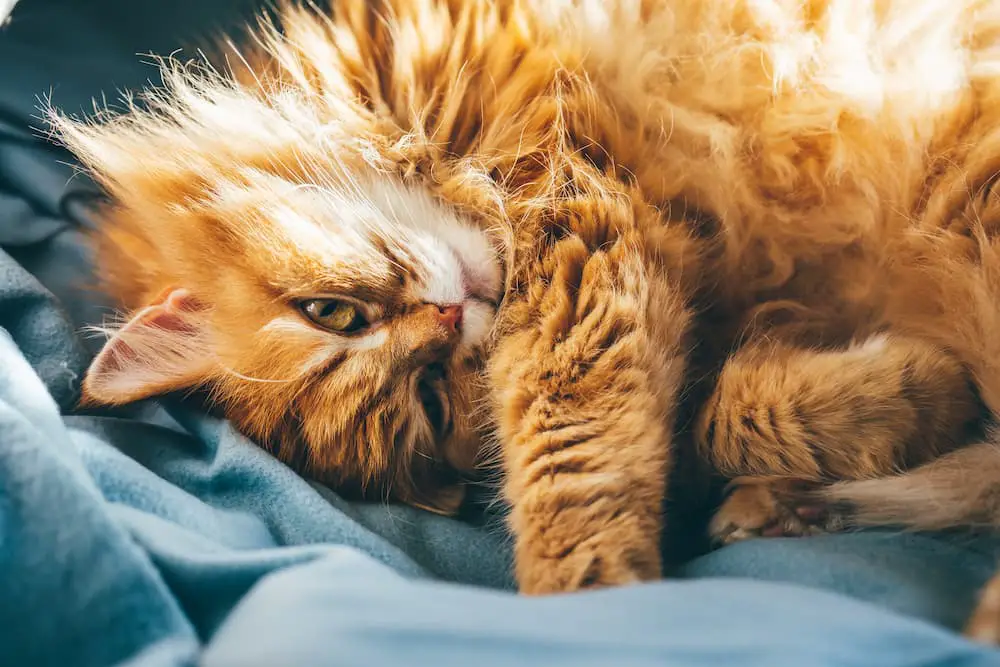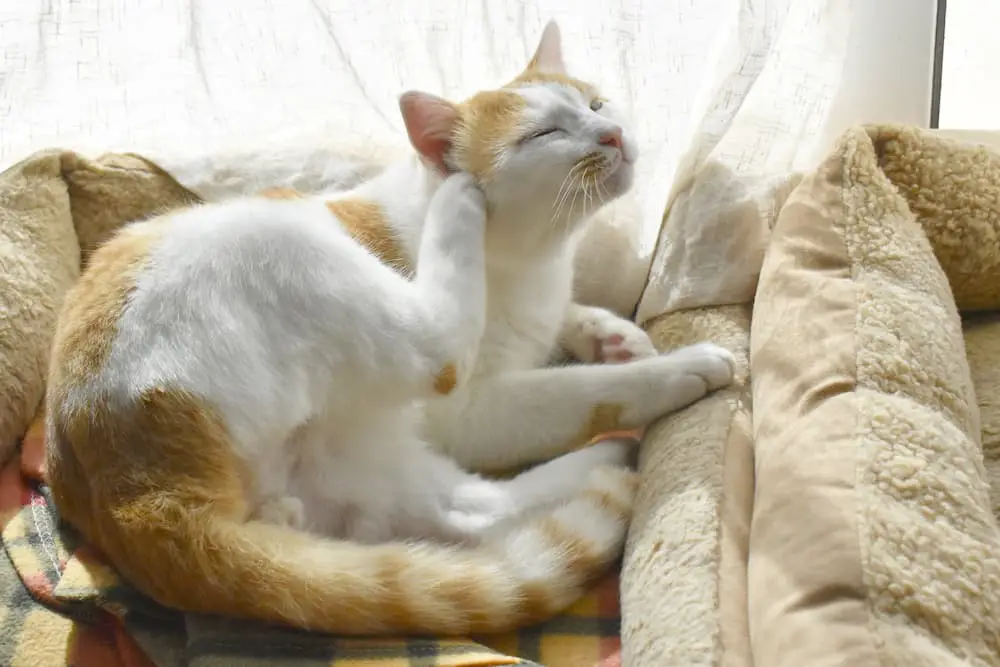
Research has finally revealed the mystery behind the different shapes of pupils between animals. Cats and other predatory animals, like snakes, tend to have vertical slit pupils, whereas goats and sheep have horizontal rectangular-shaped pupils. Tall, active predators that are awake during the day (like humans!) tend to have circular pupils. This has been observed, obviously, for years but until now no one has known why.
Based on a study conducted at the University of California-Berkley, scientists can finally explain the reason for the difference in pupil shapes. According to an abstract from the study:
There is a striking correlation between terrestrial species’ pupil shape and ecological niche (that is, foraging mode and time of day they are active). Species with vertically elongated pupils are very likely to be ambush predators and active day and night. Species with horizontally elongated pupils are very likely to be prey and to have laterally placed eyes. Vertically elongated pupils create astigmatic depth of field such that images of vertical contours nearer or farther than the distance to which the eye is focused are sharp, whereas images of horizontal contours at different distances are blurred. This is advantageous for ambush predators to use stereopsis to estimate distances of vertical contours and defocus blur to estimate distances of horizontal contours. Horizontally elongated pupils create sharp images of horizontal contours ahead and behind, creating a horizontally panoramic view that facilitates detection of predators from various directions and forward locomotion across uneven terrain.
Simply put, a cat’s vertical pupils allow them the ability to see their prey well in both day and night. Also, it gives them an ability to zoom in and out on their prey for a perfect ability to ambush them.
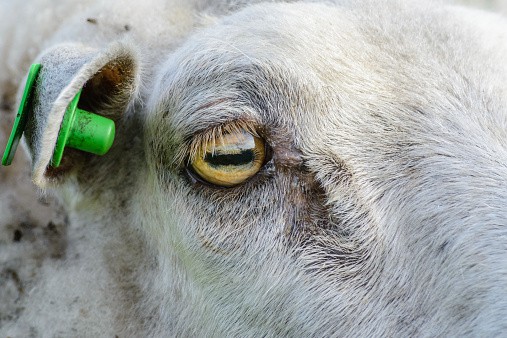
On the contrary, a sheep’s horizontal pupils give them better peripheral vision and a better ability to scan the horizon in order to escape from predators.
This study which analyses pupils as a way to determine an animal’s place in the food chain was published in the Journal of Science Advances.


